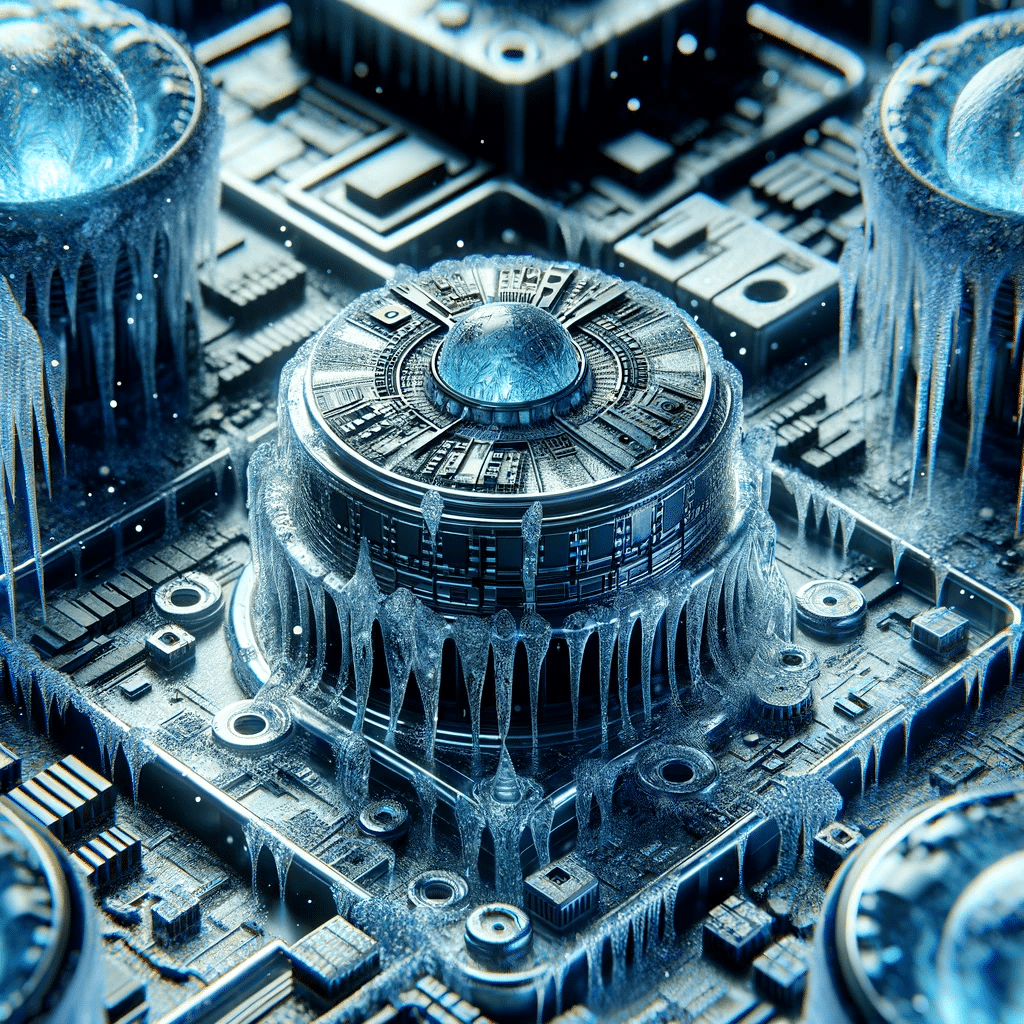This material demonstrated the ability to cool down to below 1 Kelvin, a critical temperature range for advanced technologies such as quantum computing.
Researchers at the Chinese Academy of Sciences (CAS) in collaboration with Beihang University’s School of Physics and the Institut Laue-Langevin’s Jülich Centre for Neutron Science in France have discovered a cobalt-based quantum magnetic material, Na2BaCo(PO4)2, capable of achieving ultra-low temperatures. This could have important implications for China, which currently depends heavily on imported helium for cooling in high-tech applications.
The material has a specific arrangement of atoms and magnetic properties that make it a candidate for hosting the ‘spin supersolid state’. The spin super solid materials show magnetocaloric effect, which refers to a change in temperature resulting from changing the magnetic field in certain materials.
The study theoretically demonstrates the potential for achieving extremely low temperatures without relying on helium. It demonstrated the ability to cool down to below 1 Kelvin, a critical temperature range for advanced technologies such as quantum computing.

Helium-3 isotope, has been a standard coolant in technologies requiring extreme cold, including medical equipment and space exploration. Helium-3 is particularly effective for extreme cooling and is primarily sourced from ageing nuclear warheads. In 2022, China imported 94% of its helium needs, mostly from Qatar, the United States, and Australia, and relies almost entirely on Russia and the United States for helium-3.
Given the scarcity and high demand for helium, particularly helium-3, the team pursued a solid material that could facilitate significant energy changes through state changes. Very few scientists worldwide are exploring solid-state materials for ultra-cold temperatures. Thermodynamically, ultra-low temperatures are defined as those between 0 and 4.2 Kelvin, with absolute zero at -273 degrees Celsius (0 Kelvin or -459 Fahrenheit).
This research is still in its initial stages and the material has its limitations, such as the need for an environment already at about 4 Kelvin. Therefore, it is not yet a complete alternative to helium. This remains a pressing issue for China as it progresses in the field of quantum technology, especially considering the geopolitical tensions over technology and the scarcity of helium, particularly helium-3.







